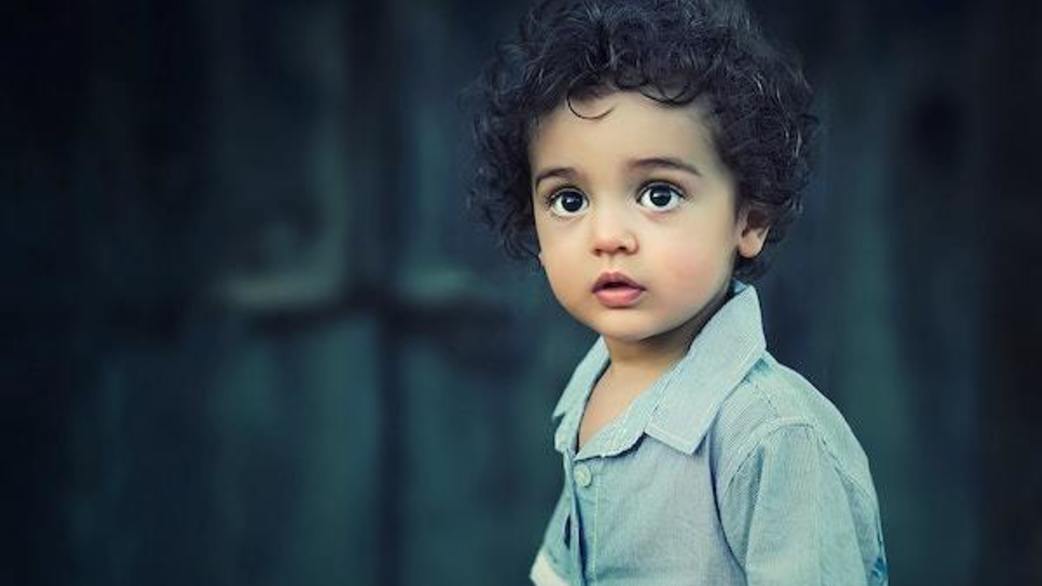Even toddlers can understand and be ready
Years ago, there was a bear loose in Coquitlam, B.C. and the school near the Parkland Players childcare center went on lockdown.
The event caused the center to go into lockdown too, although they had not practised it. The incident caused the center to reevaluate its emergency preparedness plans, recalls administrative assistant Amanda Camillo, who joined the staff after the incident.
Bears in schoolyards — it happens. Not often, but it does. As do health crises, fires, floods and earthquakes. Kids can panic and make these tough situations more challenging, or they can get out of harm’s way or even save a life by dialling 911.
That’s why parents need to talk about emergencies and teach kids about what to do. It seems like a scary endeavor, but it could save lives.
Repetition works
At Parkland, like many childcare centers, emergency drills are a regular occurrence. The center does drills for fire and earthquakes on a monthly basis. (Expect your center to adjust its drills for local risks so you might, for instance, talk more about flooding in your area.)
“We are honest with the kids about why we are doing this and what happens, they get it and they take it seriously,” says Camillo.
Of course, the first thing to do in an emergency is stay calm. But merely practising or talking about emergencies should not make kids panic or have nightmares.
“The more you talk about it, the more you can normalize it,” says Camillo.
As kids get older your discussion and lessons about emergencies will resonate differently. You have to keep repeating the information, and offer older kids more details and explanations.

Find leaders
When it upgraded its emergency preparedness plan, Parkland invited RCMP officers in to speak to the children. Fire trucks often do visits to community events — go over and chat with them.
These experts won’t freak kids out. “They like knowing there’s a community of people who’s ready to care for them,” says Camillo. Also, kids should learn that while they should normally avoid confiding in strangers, someone with a police badge or who’s working as a paramedic is someone they can talk to and trust.
Have a plan
Talk to your kids about what to do in various scenarios such as fire, health emergency, flood or earthquake. Make sure they know what an emergency is — a unique or dangerous situation where you need to act or get help to keep everyone safe.
Act out some common emergencies, and role play how to stay calm, get to a safe place or get assistance. Make it age appropriate: you might role play with a toddler just to run for safety and yell for help, while an older child might be ready to learn to operate a fire extinguisher.
Many regions recommend families put together household emergency kits. Camillo suggests kids help create the kit. “It teaches them, but in a fun way.” Show them what goes in the kit and explain why. Have them add in some items, such as a toy and some canned food they like, or doing tasks like counting bottles of water.

Making the call
Even very young children can make these calls, and make a difference. Since emergencies don’t happen very often, it’s tempting to let childcare centers and school take over the conversation entirely via drills. But getting emergency preparedness into the conversation at home too will help make sure kids understand how to protect themselves when things go wrong, no matter where they are.
Related Posts
- Importance of Health and Safety in Early Childhood
- Cold & Flu Season: The Early Childhood Director’s Guide
- How Child Care Centers Manage Allergies
- What Child Care Safety Policies Do I Need to Be Compliant?
- How to Effectively Track Health Info At Preschool
- Developing an Emergency Disaster Plan for Child Care Centers


